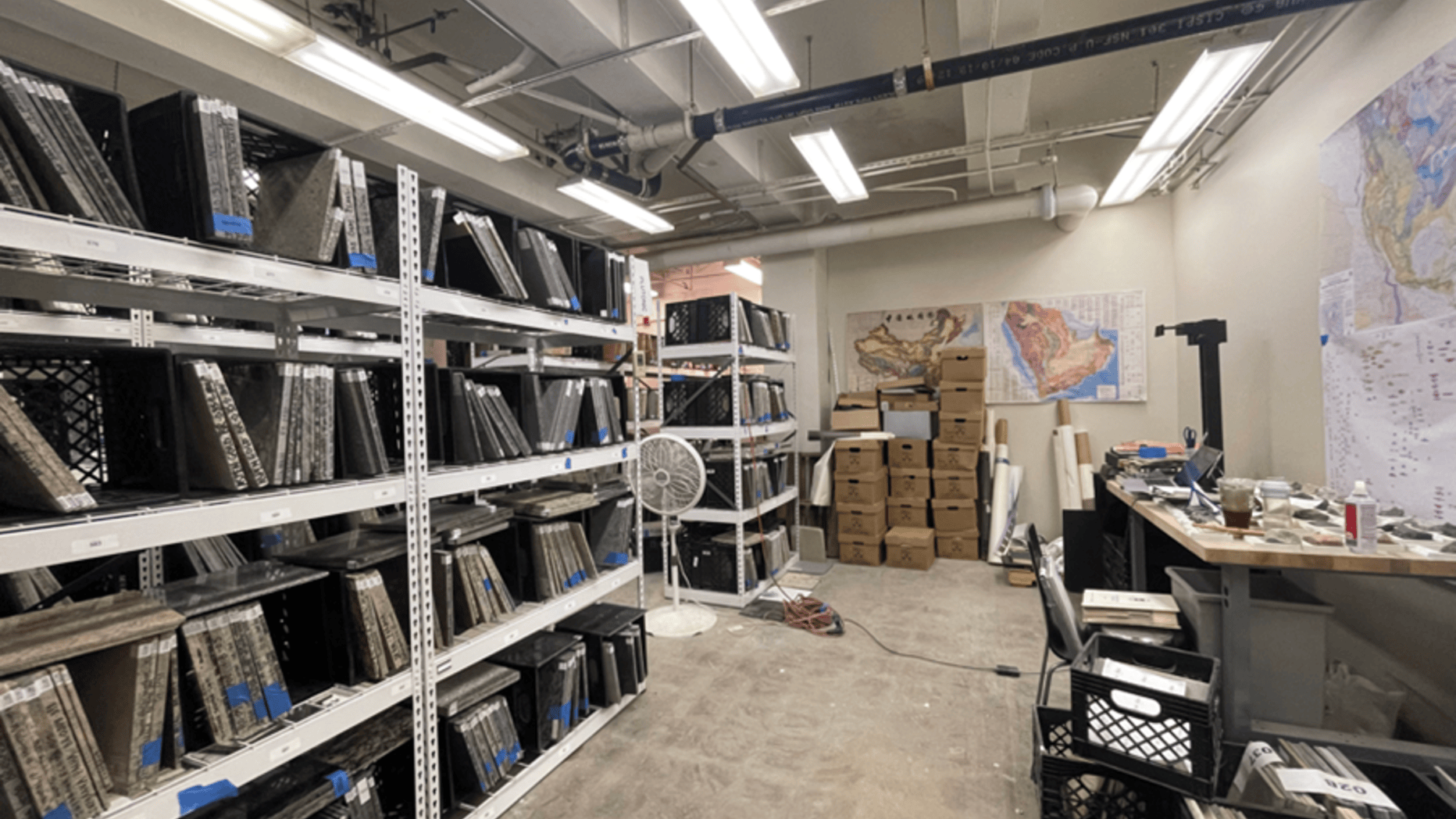Siqi Zhao | Architectural Conservation Lab
Philadelphia, PA

Stone coupons and literature organizing site at Center for Architectural Conservation
Stuart Weitzman School of Design
102 Meyerson Hall
210 South 34th Street
Philadelphia, PA 19104

Stone coupons and literature organizing site at Center for Architectural Conservation
This summer, I worked as an Architectural Conservation Lab Summer Intern at the Architectural Conservation Lab and the Center for Architectural Conservation. My work was divided into two primary projects. The first part of my internship focused on the Walker Zanger Stone Collection, where I continued the ongoing task of categorizing and organizing stone coupons. I utilized Microsoft Access to catalog the information related to these stone samples. The database was designed to systematically organize the previously disordered material information, classifying the stone coupons based on geological characteristics, place of origin, and other relevant features. This process not only facilitated easier comparison and retrieval but also streamlined the data for bulk operations, such as website uploads, reducing the risk of data loss. Additionally, I categorized and input information from the Walker Zanger Collection’s paper materials, which included multilingual documents related to stone and architecture, technology, geology, geography, and extensive materials from various quarries around the world. The second part of my work involved organizing and entering data for the Historic Building Materials Collection into a database. This included tasks such as sorting materials, photographing samples, setting IDs, and ultimately uploading the results to the Architectural Conservation Lab’s website. A particularly meaningful aspect of this project was using archival research techniques to fill in missing information for some material samples. By examining characters on the materials,reviewing research papers, and scouring news journals, I could deduce missing data.
My internship allowed me to draw upon knowledge from several courses in the HSPV program. For instance, in the Walker Zanger Stone Collection project, I applied basic knowledge of mineral composition, classification, and physical properties learned in conservation science courses. Working hands-on with numerous stone samples helped deepen my understanding of these concepts. The archival research skills I developed in the first-year course were essential when completing the Historic Building Materials Collection project, where identifying missing information required systematic research and critical thinking. During my internship, I had the privilege of working alongside distinguished researchers and curators in the department. This experience provided insights into how lab work is organized and conducted beyond the classroom. I gained valuable skills in multi-tasking and project management, and I learned how to apply foundational knowledge to real-world projects. This internship was a highly rewarding experience that allowed me to bridge the gap between academic learning and practical application. I became proficient in database management, which is crucial for organizing large collections of materials systematically. It deepened my understanding of architectural conservation and equipped me with new skills and insights that I will carry forward into my future studies and career.